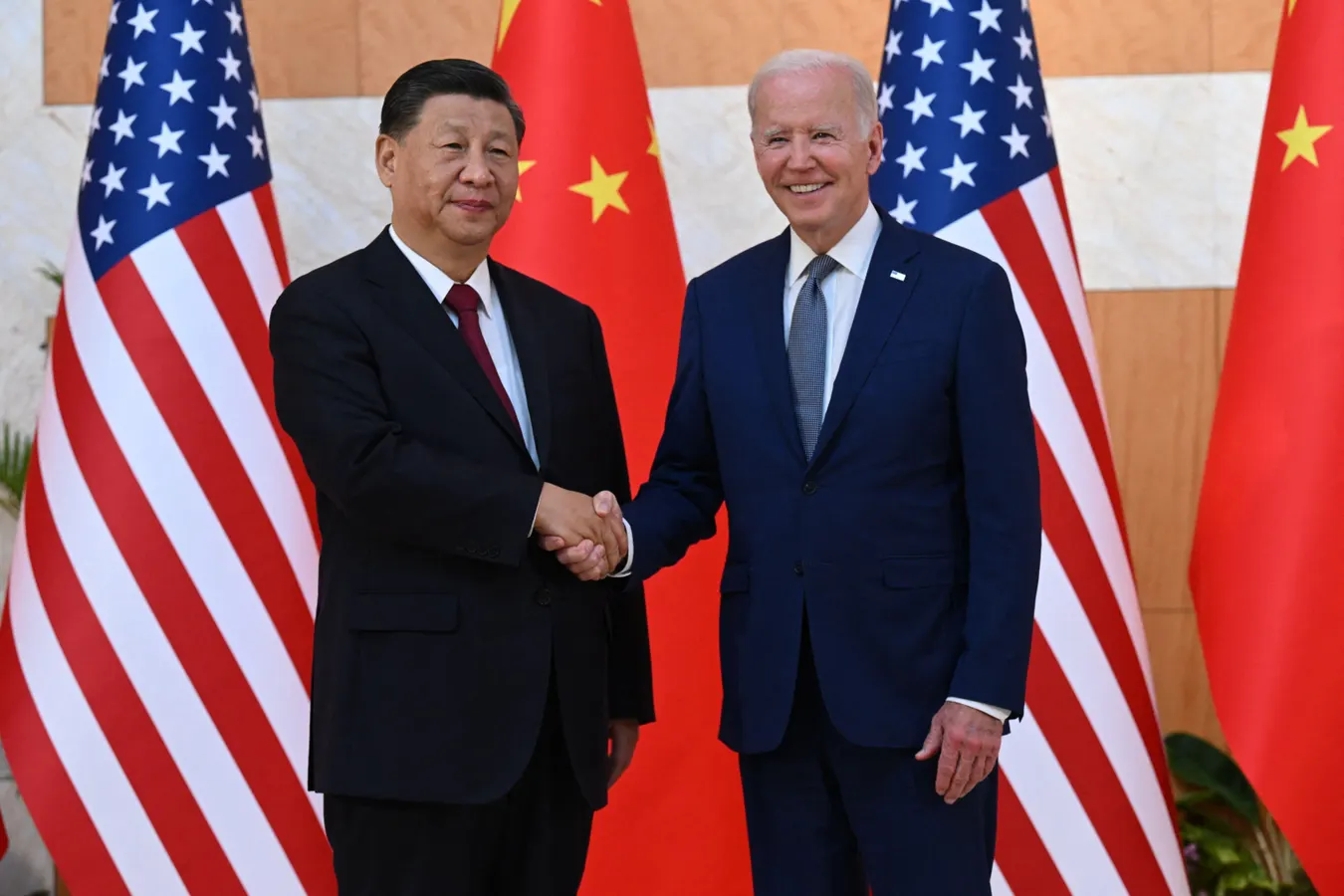Table of Contents
ToggleThe Launch of the International Space Station
In the year 2000, humanity marked a significant technological achievement with the launch of the International Space Station (ISS), a collaborative effort costing around $100 billion. Contributions came from the United States, Russia, Japan, the European Space Agency, and Canada. This orbiting laboratory allowed scientists from various nations to conduct experiments in the unique conditions of zero gravity.
China’s Own Space Ambitions
Fast forward to the 2000s, where China, eager to advance its scientific prowess and global standing, heavily invested in its own space program. Despite expressing interest in joining the ISS project, a 2011 law passed by the US Congress prevented NASA from collaborating with the Chinese space agency, citing concerns about intellectual property theft. Undeterred, China embarked on building its space station, the Tiangong, which became operational in 2022, surpassing the ISS in technological advancements.
Parallels to the Tech Sector
Drawing parallels to the tech realm, the US initiated a similar policy in 2018, restricting China’s access to advanced US semiconductor equipment, citing national security concerns. This policy expanded, leading to a ban on Chinese companies from purchasing cutting-edge semiconductors containing US technology. The global semiconductor supply chain’s interconnected nature made it challenging for China to access crucial components.
China’s Unexpected Semiconductor Achievement
Surprisingly, despite predictions of a significant setback, China showcased its technological resilience in September 2023. Huawei, a Chinese smartphone giant under US sanctions since 2018, unveiled the Mate 60 Pro featuring a 7-nanometer chip. Designed by Huawei and manufactured by the Chinese semiconductor company SMIC, this achievement narrowed the technology gap with Western counterparts to just three years.We have covered a whole article on this ,if you want to know more then u should must visit ,click here
This unexpected success challenges assumptions about China’s tech sector lagging behind. China’s substantial investments, exceeding $100 billion, aimed at subsidizing domestic semiconductor companies, including SMIC and Huawei, played a crucial role in achieving self-sufficiency.
The Critical Role of Semiconductors
To delve deeper into the US-China Tech War, it’s essential to understand the critical role semiconductors play in powering electronic devices, from smartphones to data centers. The semiconductor industry’s complexity involves designing logical integrated circuits, CPUs, GPUs, and managing the size of transistors, measured in nanometers, which significantly influences chip performance.
The Intricacies of Manufacturing Advanced Chips
Manufacturing advanced microprocessors involves intricate processes and necessitates large, expensive facilities. Notably, companies like Apple outsource manufacturing to companies like Taiwan Semiconductor Company (TSMC) in Taiwan, highlighting the global nature of semiconductor production.
As the largest semiconductor market, China both imports and produces these essential components. While China imports around $300 billion worth of semiconductors annually, it generates approximately $50 billion through domestic production. Despite being a manufacturing powerhouse, China faces challenges in creating sophisticated chips, often relying on imports for flagship devices.
Escalating US-China Semiconductor Conflict
The US-China semiconductor conflict escalated in 2017 with sanctions against Chinese companies like ZTE. In 2020, Huawei faced severe restrictions, causing a significant blow to its smartphone business. The US further tightened export restrictions in 2022, prohibiting the sale of capital equipment and high-end processors to Chinese customers.
The export restrictions pushed China to pursue semiconductor self-sufficiency aggressively. However, obstacles emerged as crucial equipment, such as lithography machines, faced export bans. Lithography, a vital process in chip manufacturing, requires precision equipment, with the most advanced machines made by Dutch company ASML. Diplomatic pressure led to the Netherlands banning the export of advanced lithography machines to China.
China’s Determination to Narrow the Gap
Despite challenges, China showcased its determination with Huawei’s Mate 60 Pro. While China’s semiconductor industry still faces hurdles, ongoing investments and a $40 billion subsidy program signal the nation’s commitment to narrowing the technological gap.
In navigating the US-China semiconductor competition, the unintended consequences of export restrictions may push China to accelerate its efforts, potentially achieving semiconductor self-sufficiency sooner than expected. As history has shown, stringent measures may inadvertently lead to a reversal of intended outcomes, mirroring the International Space Station scenario.
Unanswered Questions….
The evolving landscape of the US-China Tech War raises questions about the effectiveness of restrictive policies and their unintended ramifications. As both nations navigate this intricate terrain, the future of global technological dominance remains uncertain.




